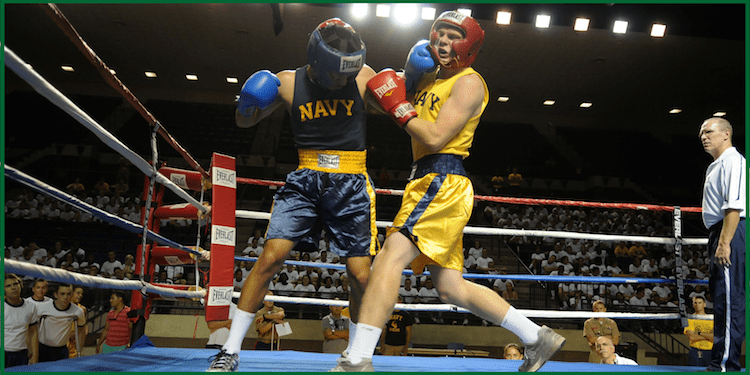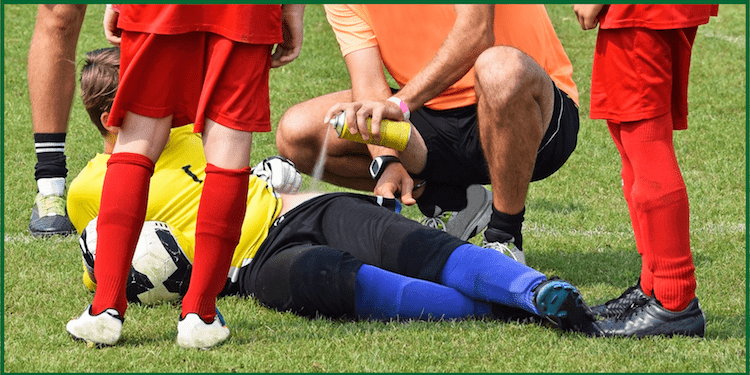This article explores the safety aspects of boxing sport, shedding light on the measures taken to protect athletes while preserving the essence of this dynamic sport.
Boxing is long known as the “sweet science,” a sport that combines skill, strategy, and raw athleticism.
While boxing offers an electrifying experience for participants and spectators, concerns regarding the sport’s safety have persisted.
Table of Contents
- Safety Regulations Evolution
- Medical Precautions and Testing
- Personal Protective Gears
- Referees and Medical Stoppage
- Sports Science Advancement
1) Evolution of Safety Regulations:
Over the years, boxing’s governing bodies, such as the World Boxing Association (WBA), World Boxing Council (WBC), International Boxing Federation (IBF), and World Boxing Organization (WBO), have implemented significant safety measures to mitigate risks.
These regulations include weight classes, mandatory hand-wrapping and glove specifications, ring dimensions, and referee intervention.
Implementing these rules aims to level the fighting ring and ensure fair competition while reducing the likelihood of severe injuries.
2) Medical Precautions and Routine Testing:
Safety in boxing goes beyond regulations inside the ring. Medical precautions are a vital aspect of athlete well-being.
Before competing, boxers undergo thorough medical examinations, including cardiovascular screenings, neurological assessments, and eye tests. The screening process helps identify underlying conditions that could pose risks during bouts.
Routine testing minimizes potential harm to the boxers and promotes long-term health and longevity in the sport.
3) Role of Protective Gear:
One of the most recognizable safety features in boxing is the protective gear, primarily gloves, and headgear.
Gloves serve a dual purpose: to protect the hands of the fighter and to cushion the impact of punches. Modern gloves are designed with padding to absorb and distribute force, reducing the likelihood of severe injury.
Similarly, headgear aims to minimize the risk of concussions and brain trauma. However, the effectiveness of headgear in preventing these injuries remains a topic of debate within the boxing community.
4) Referee Intervention and Medical Stoppage:
Referees play a crucial role in maintaining boxer safety during a fight. They are responsible for enforcing the rules, monitoring the condition of the fighters, and intervening when necessary.
Referees can stop a match if they believe a fighter cannot continue or is at significant risk of injury.
The medical stoppage ensures that boxers are not subjected to unnecessary harm and prioritize their long-term well-being.
5) Advancements in Sports Science:
The field of sports science has contributed significantly to the safety of boxing.
Integrating scientific research and data analysis has provided valuable injury prevention and rehabilitation insights.
Innovations in training techniques, such as strength and conditioning programs, help athletes develop resilience and minimize the likelihood of injuries.
Furthermore, advanced medical imaging techniques aid in the early detection and treatment of injuries, enhancing boxer safety and care.
Bottomline:
Although boxing is a combat sport, implementing safety measures to prioritize athletes’ well-being while maintaining the sport’s integrity is critical for the game.
Rigorous safety regulations, comprehensive medical examinations, protective gear, referee intervention, and advancements in sports science collectively contribute to minimizing risks and ensuring the well-being of boxers.
As the sport continues to evolve, ongoing research and collaboration among stakeholders will undoubtedly lead to further improvements in the safety of boxing, allowing athletes to thrive in the ring while minimizing the potential for long-term harm.
Do you enjoy this reading? Kindly share with family, friends, and colleagues. Thanks! 🙂



